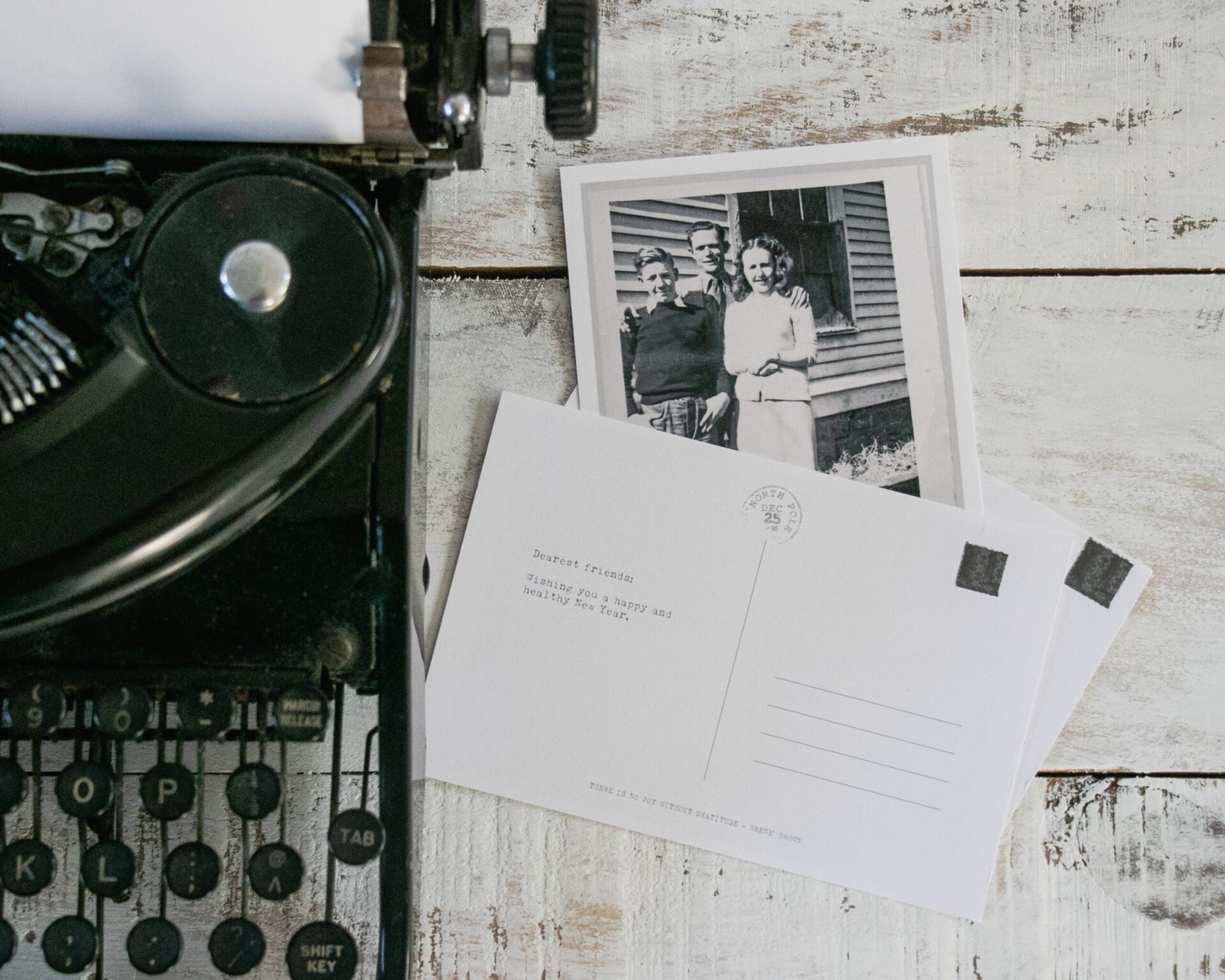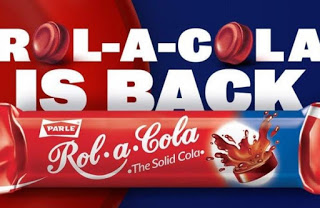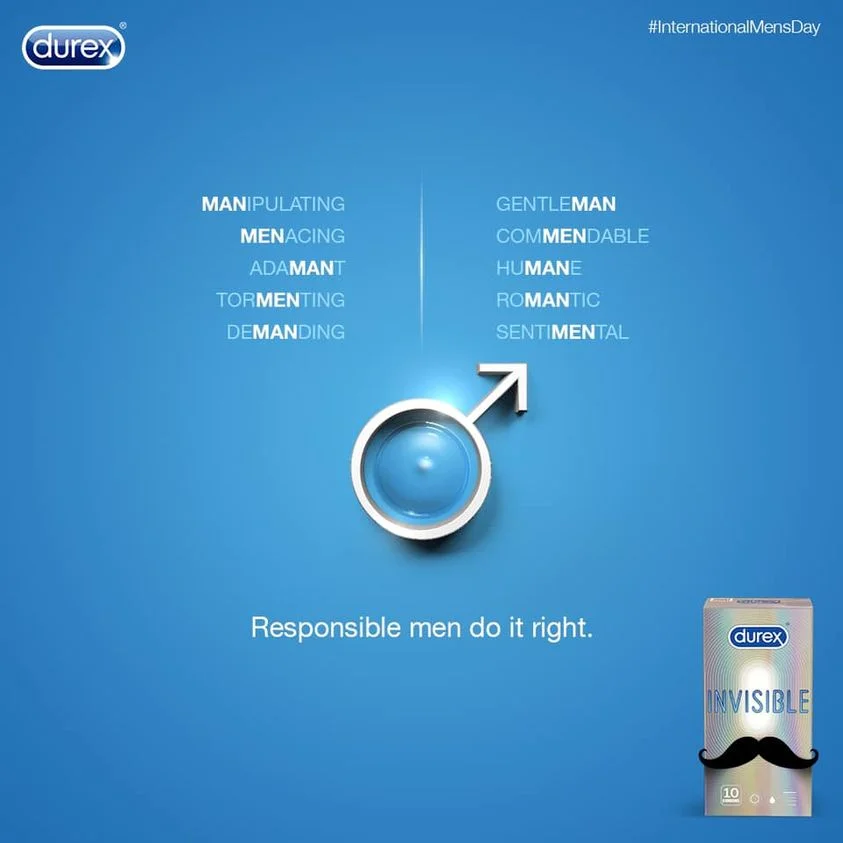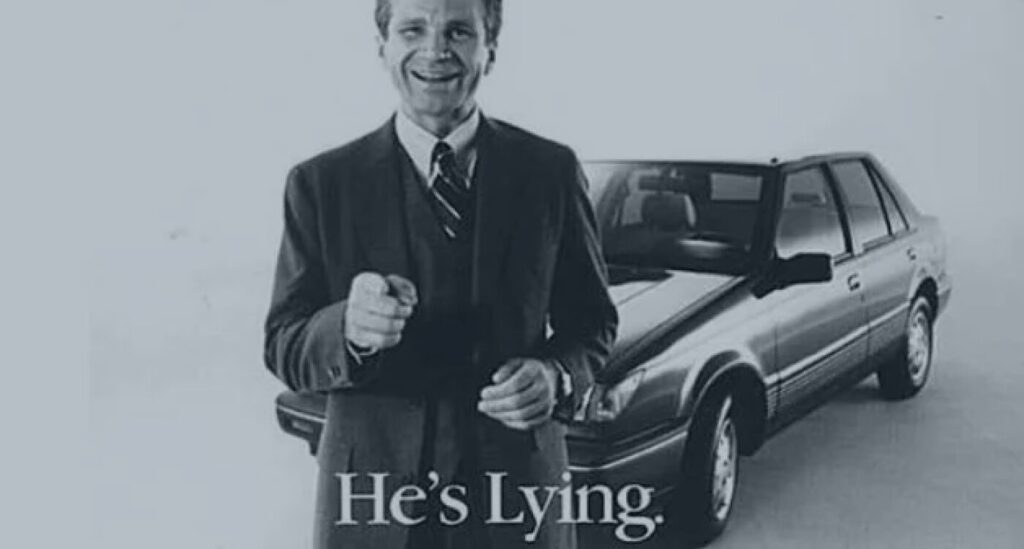Marketing Memories: Why Nostalgia Sells

Marketers use nostalgia to relive old favourites or return to the good old days. Creating a feeling of nostalgia evokes more positive emotions in people
Photographs & pictures make us feel good sometime later when we look back and look at the time gone by.
Taylor Swift has no problem associating with Keds. She wore it as a kid, she wore it as a teen and she loves them
There has been an upsurge of fans who wanted Rola Cola back and they got it. Classic Jawa is back thanks to Mahindra & the underpinning of the old classic. There are still Jawa clubs!
Paperboat a comparatively new brand brought back memories of the time gone by, to market its beverages
Facebook introduced its Year in Review feature, with 20 most popular posts in one’s timeline. The site also has its On This Day memories feature
Nostalgia….
These are some of the growing numbers of brands that are using nostalgia to motivate users & buyers.
Nostalgia was considered a disorder when in 1688, a Swiss doctor Johannes Hofer attributed the mental and physical complaints of soldiers to their longing to return home – Nostos in Greek and the pain associated with it, Algo.
Now research says nostalgia is a universal emotion
Nostalgia has been shown to overcome loneliness, boredom, fear & anxiety. It makes people more generous towards strangers and more tolerant of outsiders. Couples feel closer and look happier when they share nostalgic memories. People feel warmer when they become nostalgic
Nostalgia is a bittersweet emotion — but eventually, it makes life seem more meaningful. People become more hopeful and positive, even optimistic when they speak wistfully of the past.
According to a researcher, Dr Routledge “Nostalgia serves a crucial existential function. It brings to mind cherished experiences that assure us we are valued people who have meaningful lives.” Some of our research shows that people who regularly engage in nostalgia are better at coping with concerns about death.”
How Nostalgia Works for Marketers
Research shows that we are more likely to spend money when we feel nostalgic.
Marketers use nostalgia to relive old favourites or return to the good old days. Creating a feeling of nostalgia evokes more positive emotions in people than modern non-nostalgic advertising. People make strong connections with items and characters from their past, and those connections never die
Marketers need a crisply defined audience and a clear vision of the customer journey. And most importantly what motivates your audience to buy.
From a marketing perspective, nostalgia also “sticks” – it binds consumers to a brand. Shared memory can be the strongest.
Some more examples
Coca-Cola used nostalgia to double its sales volume with iconic bottles shaped like those vintage contour ones from 1923.
Calvin Klein reissued items from the collection that launched Kate Moss’s modelling career, and five of the styles sold out within two months.
Jack Daniel’s BPI (brand power index) rose 27 per cent when it promoted a special edition to mark Frank Sinatra’s 100th birthday and his 50-year relationship with the brand.
Vinyl record sales increased. Purists say that the sound quality of vinyl is creating the demand, most agree that nostalgia is the reason.
Classifications
The study “Nostalgia, autobiographical memories and brand communication” defines four consumer classifications with corresponding brand communication strategies:
- Kidults, belonging to Generation Y (ca. 1983–2000), are nostalgic for their childhood. Advertising with TV icons that were popular in the ’80 and ’90s and products like candy or video games will resonate strongly
- Traditionals are from Generation X (ca. 1965–1982). They are nostalgic for traditional celebrations, and brands targeting this group should play on the authenticity of their products.
- Transitionals are made up mainly of Baby Boomers (ca. 1946–1964). This group often sees nostalgia as the definition and maintenance of their identity and connects with brand advertising associated with rebellion and freedom
- Transgenerationals, defined by World War II and at times overlapping with the transitional, respond well to advertising that creates a romantic atmosphere. Techniques that connect to their nostalgic sentiments include black-and-white visuals and iconic songs.
By using nostalgia to connect consumers across generations with their shared experiences, marketers can tap into buyer motivation and ultimately stimulate consumption. Playing the right nostalgia card to successfully overcome generational groups is a successful marketing strategy.
Even better though is to focus on something that can appeal to more than one generation. Appealing to more than one generation with nostalgia can explicitly leverage family connectedness to evoke feelings of comfort, security and fondness for a brand.
Nostalgia is cool….you need to know how to leverage it






